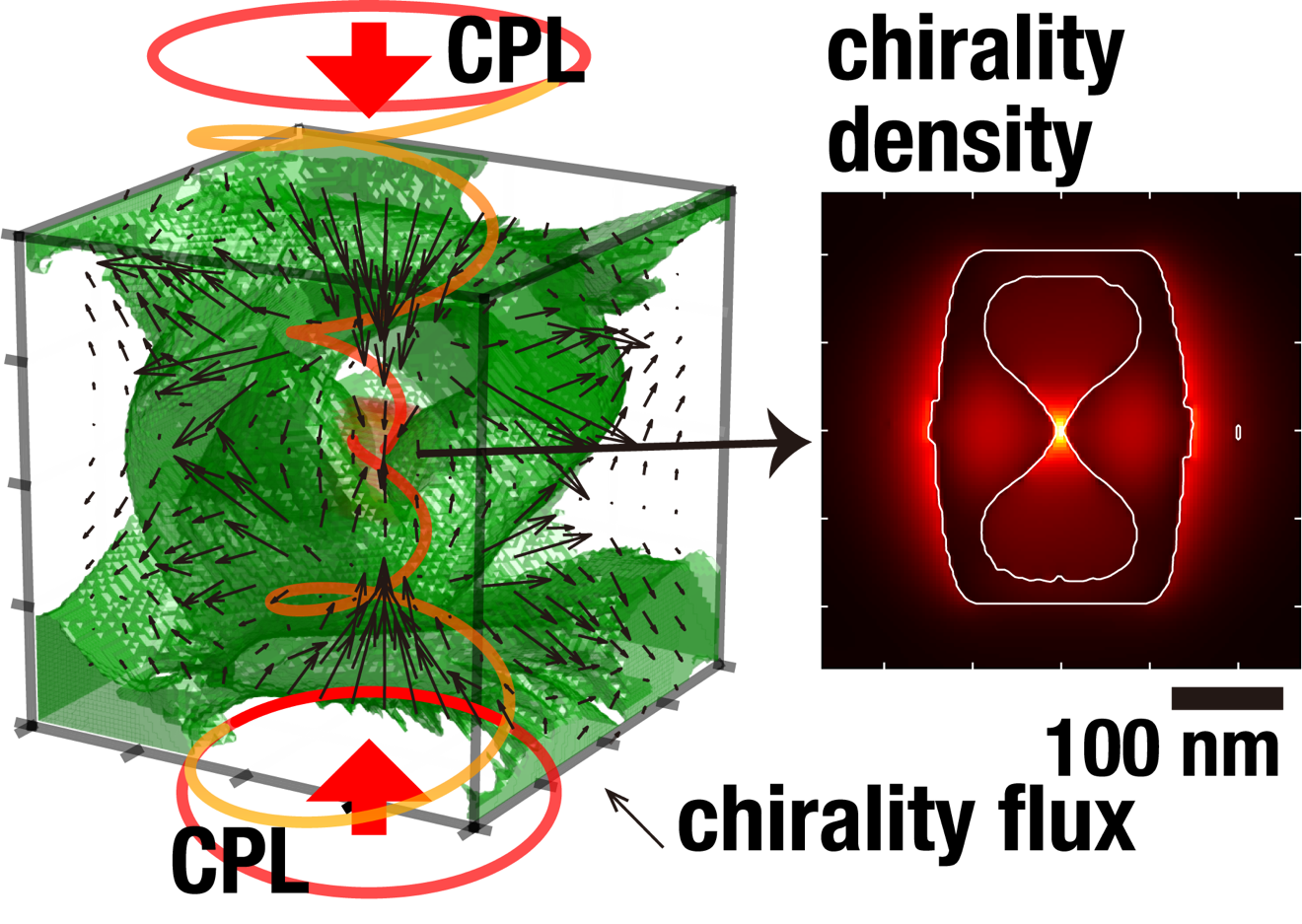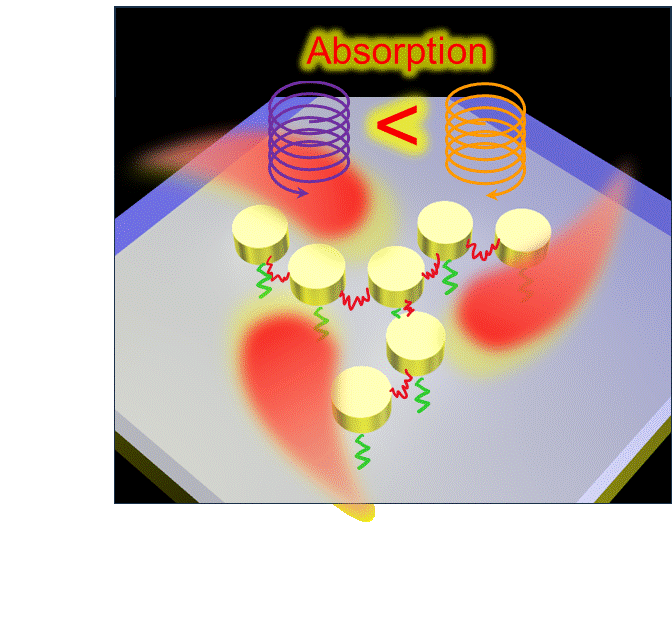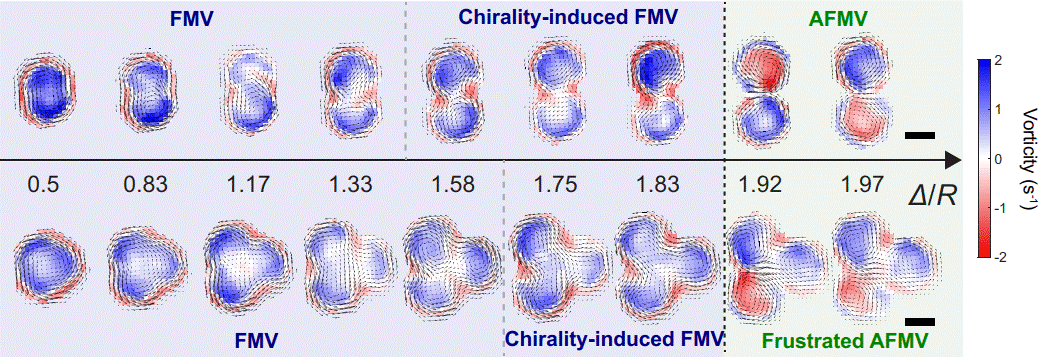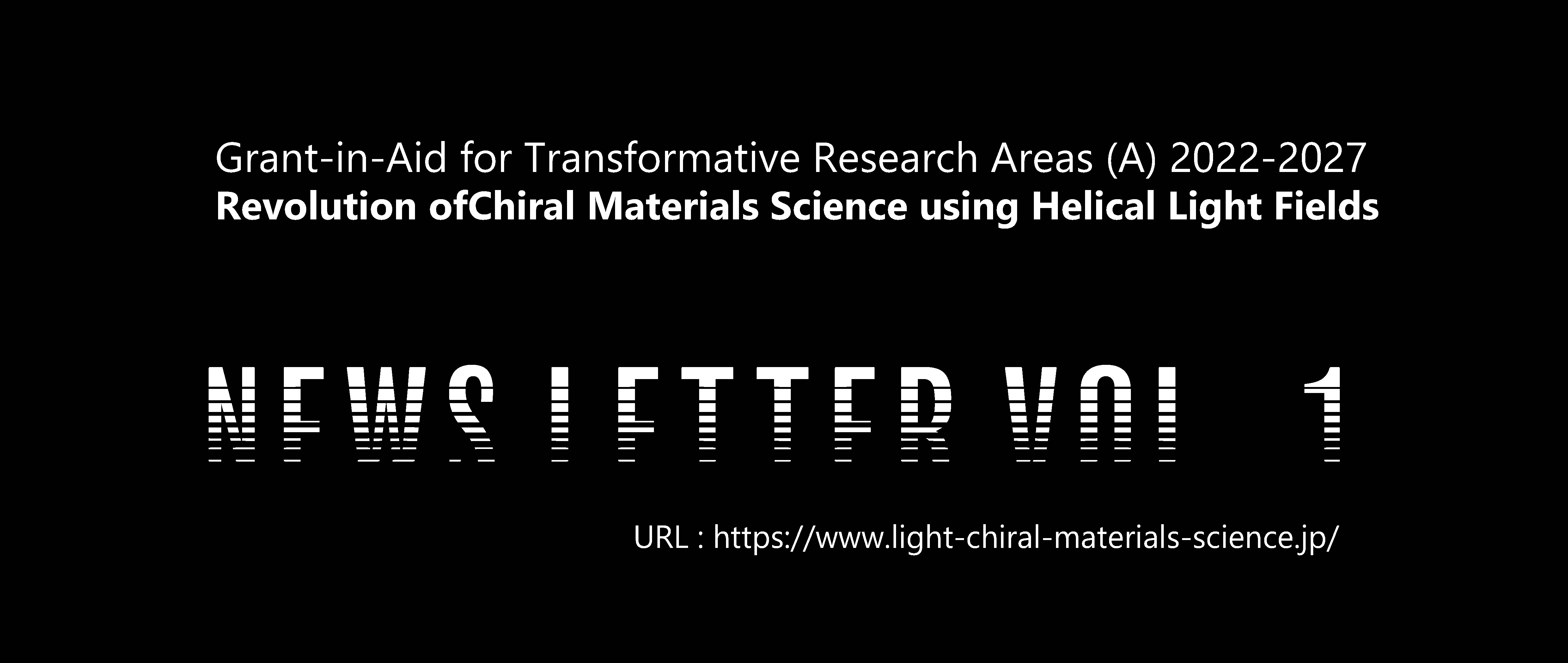Our dream in this research project
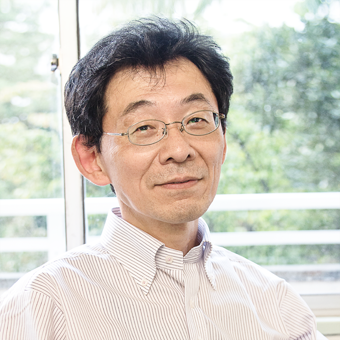
Area Representative: Takashige Omatsu (Chiba University)
Chirality, in which a chiral object cannot be superimposed onto its mirror image, plays an important role as a universally important concept in materials science. For instance, chemists have been intensively studying how to selectively synthesize only left- or right-handed chemical compositions. The origin of homochirality of biomolecules, in which only left- (right-) handed amino acids (saccharides) exist selectively in nature, is still not understood clearly. Helical materials, which exist frequently in nature, typically exhibit chirality.
In recent years, it has been discovered that irradiation by structured light (which possesses orbital angular momentum associated with its helical wavefront) twists a variety of materials to form helical structures on a nano/micron-scale. This phenomenon will offer the potential development of energy-saving, space-saving, resource-saving, and cost-saving innovative technologies for chiral crystallizations, fabrication of chiral materials with extremely giant circular dichroism, tissue engineering based on engineered multiple-helices, and manipulation of topologically protected textures in solid-states/condense-matter. However, there are still challenges in understanding and controlling this phenomenon fully.
This transformative research area project aims to establish a new fundamental science and advanced technology to fabricate nano- or micron-scale engineered helical structures with exotic physical properties beyond natural helical materials by employing structured light fields with singularities and nearfield optics.
This project also aims to encourage collaborative and complementary research, mobility, and promotion of early-career researchers and young students.
Topics
Event/News
- 2023.11.08
- EVENT A Research Area Meeting on Transformative Research Areas (A) “Chiral Optical Materials Science” will be held 4th-5th December 2023 in Tohoku University.
- 2023.09.26
- EVENT A symposium on Transformative Research Areas (A) “Chiral Optical Materials Science” and “Mesohierarchy” was held.
- 2023.07.12
-
NEWS
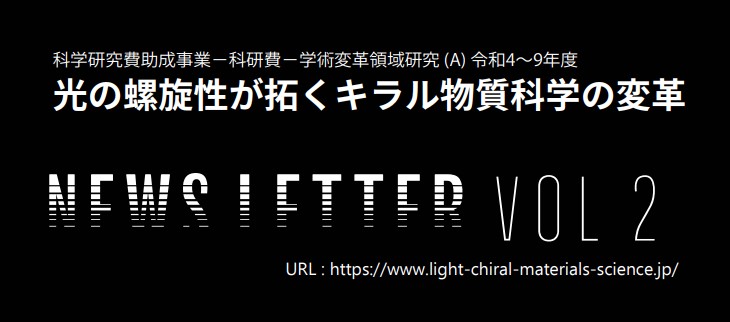 News letter Vol.2 has been published.
News letter Vol.2 has been published.
- 2023.06.17
- EVENT Structured Laser and Matter 2023
 PAGE TOP
PAGE TOP


